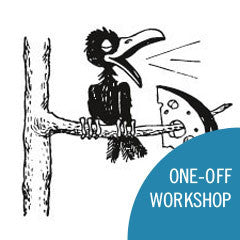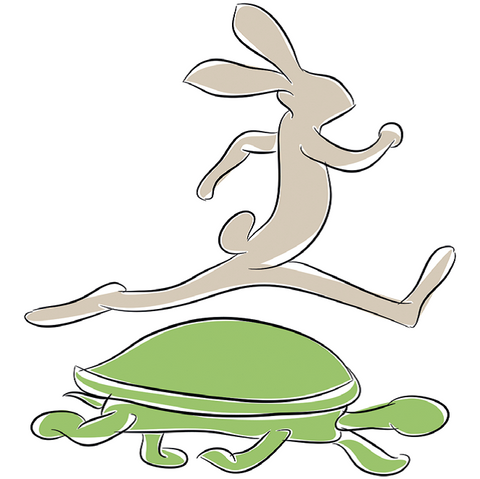Starting to devise
£14.95
Devising is an important element of all performing arts and drama specifications at KS4 and post 16. The purpose of this article is to provide some generic teaching ideas that might work across all specifications, and to suggest resources that could be used to supplement schemes of work and lesson materials already developed in schools. The main area of focus is on providing interesting stimuli and motivating the students to get started. While this article was written with A2 students in mind, the ideas that follow have been used successfully with BTEC, GCSE and AS-level students. They could also be used as stand-alone drama lessons and activities, or incorporated into other schemes of work.
Stimulus
Subject specifications for BTEC, GCSE and A-level courses require the teacher to provide students with a stimulus to provoke ideas and kickstart the devising process. Fortunately for student and teacher alike, what constitutes a stimulus in the eyes of an exam board can be quite wide-ranging. The different boards suggest similar ideas, such as a piece of music, a factual article from a magazine, a short story, a poem, a picture or photograph, or a collection of props. It is quite easy for you to play safe and offer fairly predictable starting points, or a stimulus that is so open-ended it allows the students to fit their own preconceived or pre-planned ideas to it. But as the exam boards are so open about what could be used, this can be an opportunity for you to try something more imaginative and interactive. We’ve attempted to develop more creative approaches that we hope will engage the emotions and imaginations of the students straightaway. In each case, the stimulus contains a practical element, which encourages students to get on their feet as soon as possible. These approaches have been developed because they also contain clear avenues for research, another important prerequisite of devising modules.
Approaches
The first approach, which has the students actively engaged in the drama process, employs three well-established conventions:
- Teacher-in-role
- Hot-seating
- Forum theatre
The second approach is a much more visual stimulus, yet one which also requires the students to interact with the material and to adopt a role. It is more open-ended and less personal.
The third approach employs a different drama convention, visualisation, and has the benefit of requiring the students to respond to visual and auditory stimuli, as well as improvised and text-based material.
Number of lessons: 3


